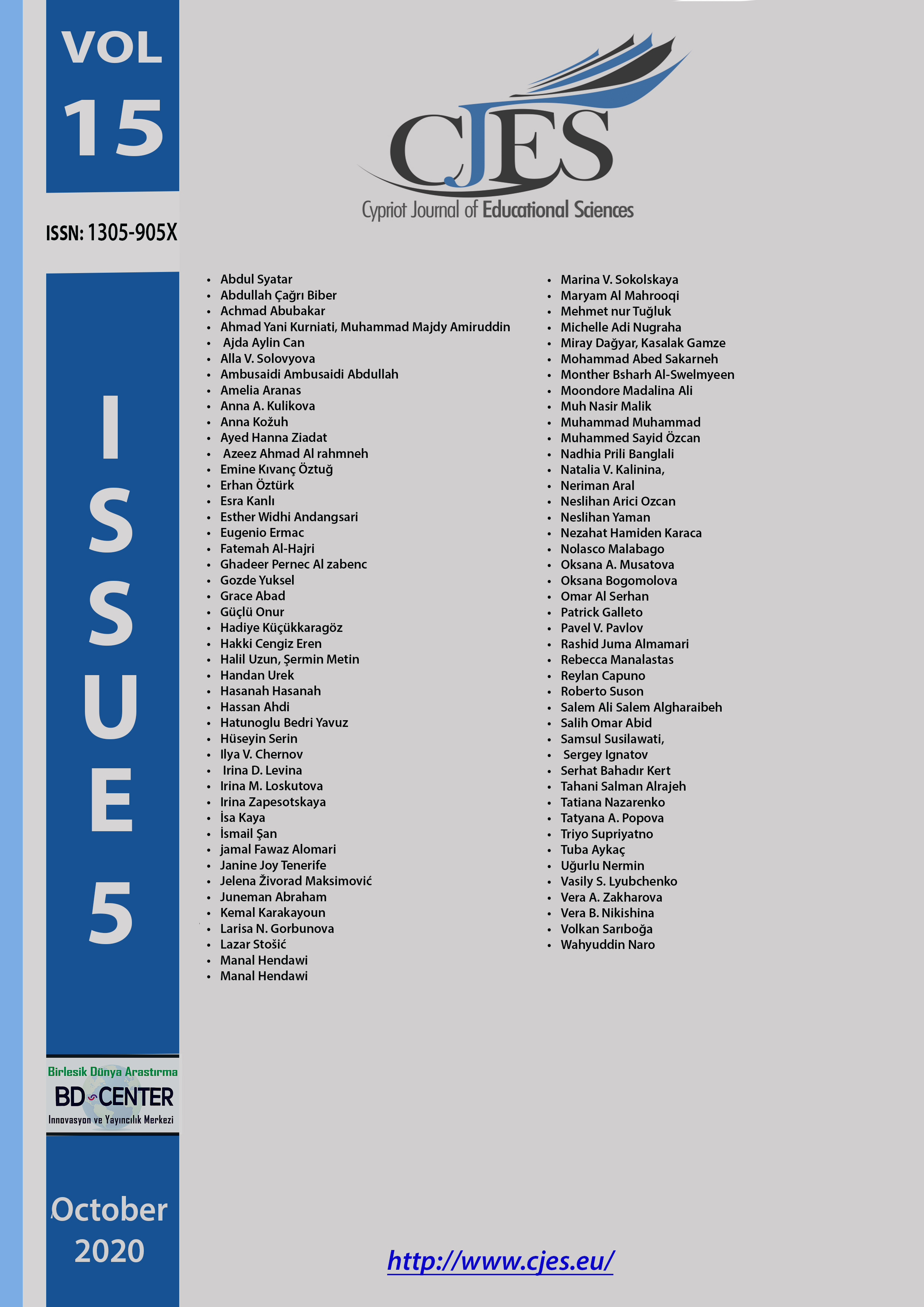Use of mobile applications in collocation teaching
Main Article Content
Abstract
In this study, the importance of vocabulary knowledge in language education and the use of mobile applications in the teaching of collocations are emphasized. The application of collocation was realized through a mobile instant messaging application. It has been determined that students use a mobile application in a word learning process to provide more meaningful learning than in classroom learning. In this study, which was applied to 54 people using experimental and controls grouped research design, the experimental group was given mobile cards and the control group was given word cards in the class. In quantitative aspect, the study aimed to see the difference between the academic achievements of both group. At the end of the process, an academic achievement test was applied to the students, and a significant difference was found between the groups in favor of the experimental group. In qualitative aspect, the students opinions was given on use of mobile applications in teaching vocabulary. Individual interviews were conducted with the students at the end of the process accordingly and these interviews were used in the evaluation of the process.
Keywords: Educational technology; language learning, mobile learning; teaching collocations.
Downloads
Article Details
Cypriot Journal of Educational Sciences is an Open Access Journal. The copyright holder is the author/s. Licensee Birlesik Dunya Yenilik Arastirma ve Yayincilik Merkezi, North Nicosia, Cyprus. All articles can be downloaded free of charge. Articles published in the Journal are Open-Access articles distributed under a CC-BY license [Attribution 4.0 International (CC BY 4.0)].
Birlesik Dunya Yenilik Arastirma ve Yayincilik Merkezi (BD-Center)is a gold open-access publisher. At the point of publication, all articles from our portfolio of journals are immediately and permanently accessible online free of charge. BD-Center articles are published under the CC-BY license [Attribution 4.0 International (CC BY 4.0)], which permits unrestricted use, distribution, and reproduction in any medium, provided the original authors and the source are credited.

